2022 in review
Last year was a rollercoaster ride for householders as rising costs across the board resulted in an unprecedented cost-of-living crisis. One of the main contributors was the various unforeseen energy price increases householders had to face, starting with a 54% rise in April, followed by an announcement that a further increase of 80% could be expected on 1 October.
In early September, before that monumental increase – the largest ever recorded on a series going back to 1970 – could take effect, a new Energy Price Guarantee (EPG) was announced. Due to start on 1 October, it was set at £2,500 a year for typical levels of consumption and was initially planned to last two years. However, in October it was announced that the EPG would only last sixth months, ending at the end of March 2023.
Then, in the Autumn Statement 2022 the Chancellor announced that the EPG would last for a further year from April 2023 but would increase from £2,500 to £3,000 until the end of March 2024. The government’s announcement that households would receive the £400 Energy Bills Support Scheme payment until 31 March 2023 offering meagre relief.
The UK’s housing stock is among the least energy-efficient in Europe and improving the energy efficiency of UK homes is a crucial part of the government’s strategy. In recent years, several schemes have been launched in support of this goal. 2022 was no different.
In November, the government announced the ECO+ scheme, another initiative to help millions of people across the country bring down their energy costs. Joining the existing £6.6 billion Help to Heat energy schemes, the new £1 billion funding’s goal was to extend support to those who do not benefit from any other government support to upgrade their homes. An £18 million public information campaign which would offer technical tips and advice for people to cut their energy use was also announced.
Barriers to retrofitting
While the government’s initiatives are welcome and well-intended, and although householders are increasingly becoming aware of the financial, environmental and lifestyle benefits of energy savings technologies – the 2022 Greener Homes Attitudes Tracker shows that the rise in the cost of living has made nearly half of UK homeowners speed up their plans to implement energy saving measures over the next 12 months – many homeowners needing to retrofit their properties fail to implement the necessary measures.
This can be attributed to a variety of reasons, from homeowners having a limited understanding of their home energy use and how to make improvements that align with their personal goals, to a poor grasp of the advice and financial support available. Some are confused by the complex and frequently changing financing landscape, while others are discouraged by an often disjointed and complex customer journey. Of course, others simply have a lack of trust in installers and low confidence in projected savings and, as such, are reluctant to making large investments in energy-saving measures with little understanding of the benefits.
Lenders taking the lead
The UK’s mortgage market faced significant stress towards the end of 2022 as households struggled to meet the surging cost of home loans. In the last half of the year, many mortgage products were pulled, lenders backed out of agreed deals, and concern and uncertainty among homeowners skyrocketed.
While the situation has been and continues to be extremely challenging, many lenders have embraced it as an opportunity to raise awareness, to educate homeowners on the retrofit options available to them, and to incentivise them to take actionable steps towards improving the energy efficiency of their homes through solutions such as green mortgages.
In fact, research from the Mortgage Advice Bureau (MAB) revealed that over half of lenders started offering green mortgage products, an increase of 76% year on year.
Lenders have been facing the same challenges, though – homeowners don’t know precisely what needs to be done to their properties, exactly how much it will cost and where to source the tradespeople to complete the works.
Enter Heero Technologies
The residential sector is a key component of the government’s mission to lower carbon emissions – in 2021, it accounted for 19.9% of all carbon dioxide emissions in the UK. In fact, approximately 19 million homes will require energy efficiency improvements before 2035 to ensure the UK is on track to meet its CCC 2050 net zero ambition and an 80% reduction in greenhouse gas emissions by 2050. Hitting these targets requires a major improvement in the energy performance of the country’s housing stock.
Heero Technologies was incubated and founded by IRT Surveys, a 20-year-old venture-funded global technology company that has pioneered the use of thermal imaging to understand and communicate building performance, at the start of 2022.
At the time, our goal was to use technology to enable lenders, installers, and other stakeholders to equip homeowners with the knowledge and tools to make decisions that will positively impact their cost of living by reducing energy bills while making net zero homes a reality.
With this in mind, we developed the Heero App, a powerful tool designed to streamline the user experience and guide homeowners through the entire energy retrofit journey. In the past year we have made great strides.
We launched the first commercial version of the App, appointed our advisory board, the details of which will be shared shortly, and signed our first customer – more on this exciting deal soon! Additionally, we have secured growth investment for 2023 and, in partnership with Shrewdd Marketing, we have raised our profile via social media and by publishing several articles in leading print and online publications.
All of this has culminated in what we expect to be an interesting year, with various exciting projects already lined up.


